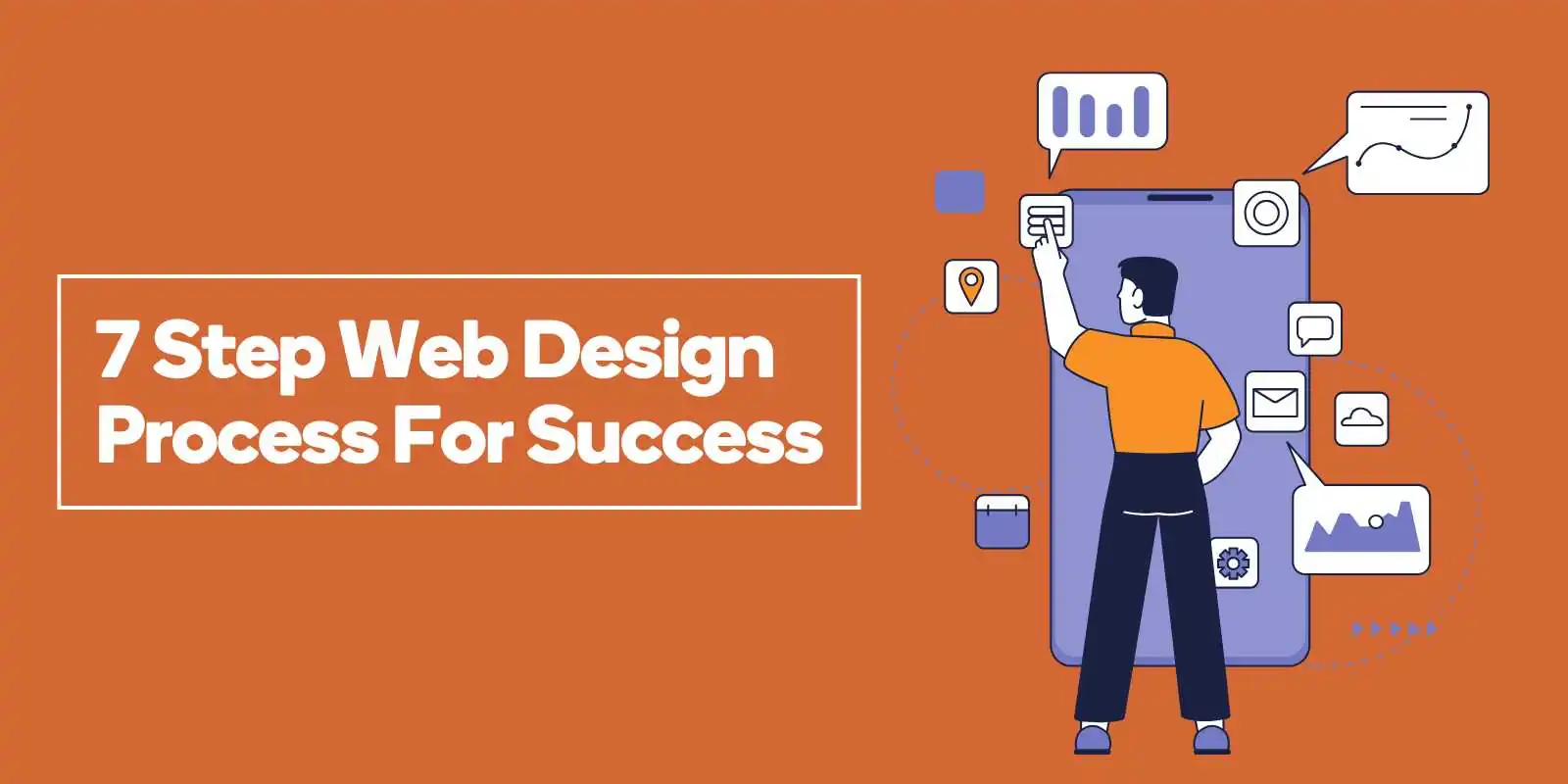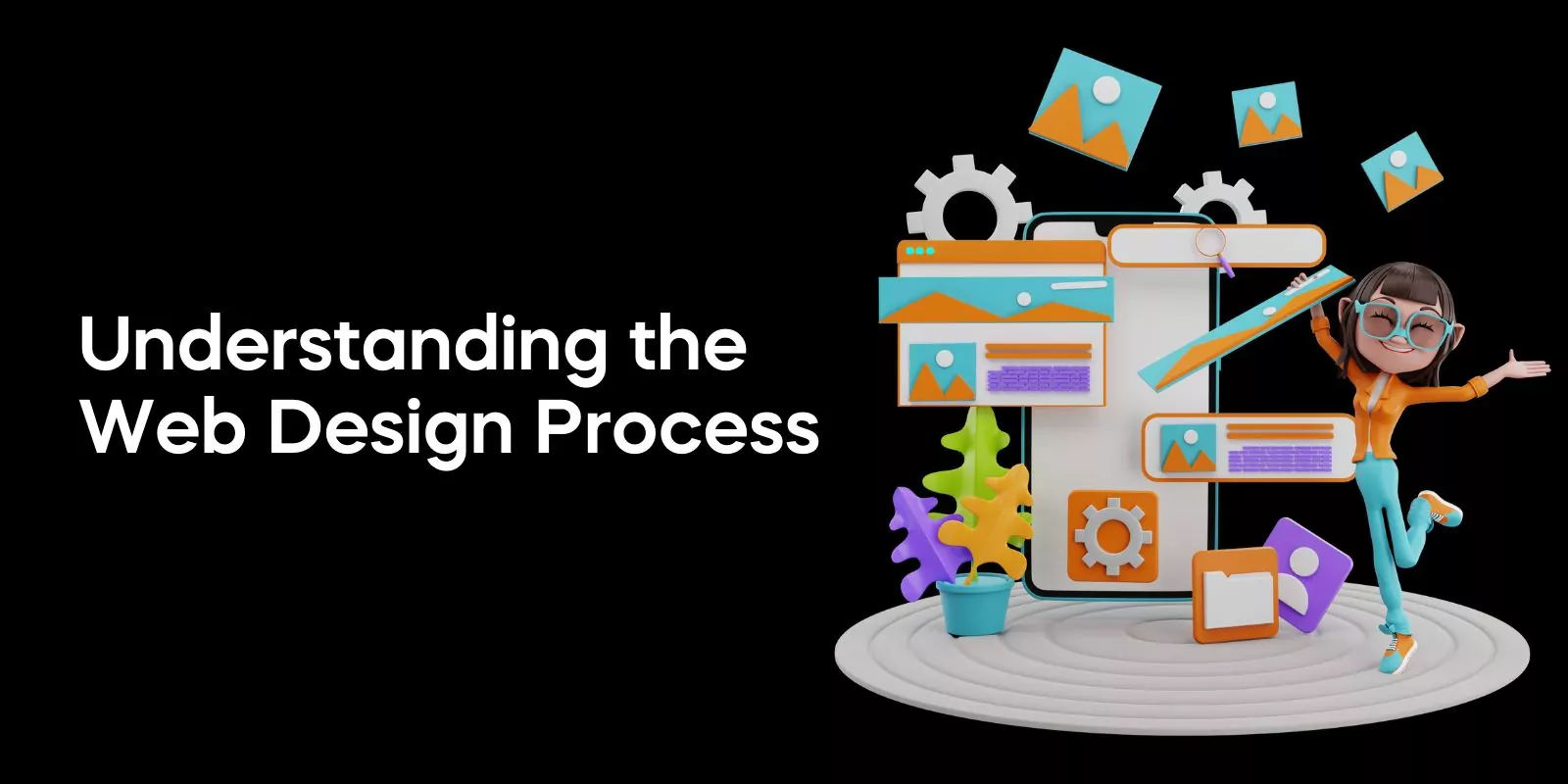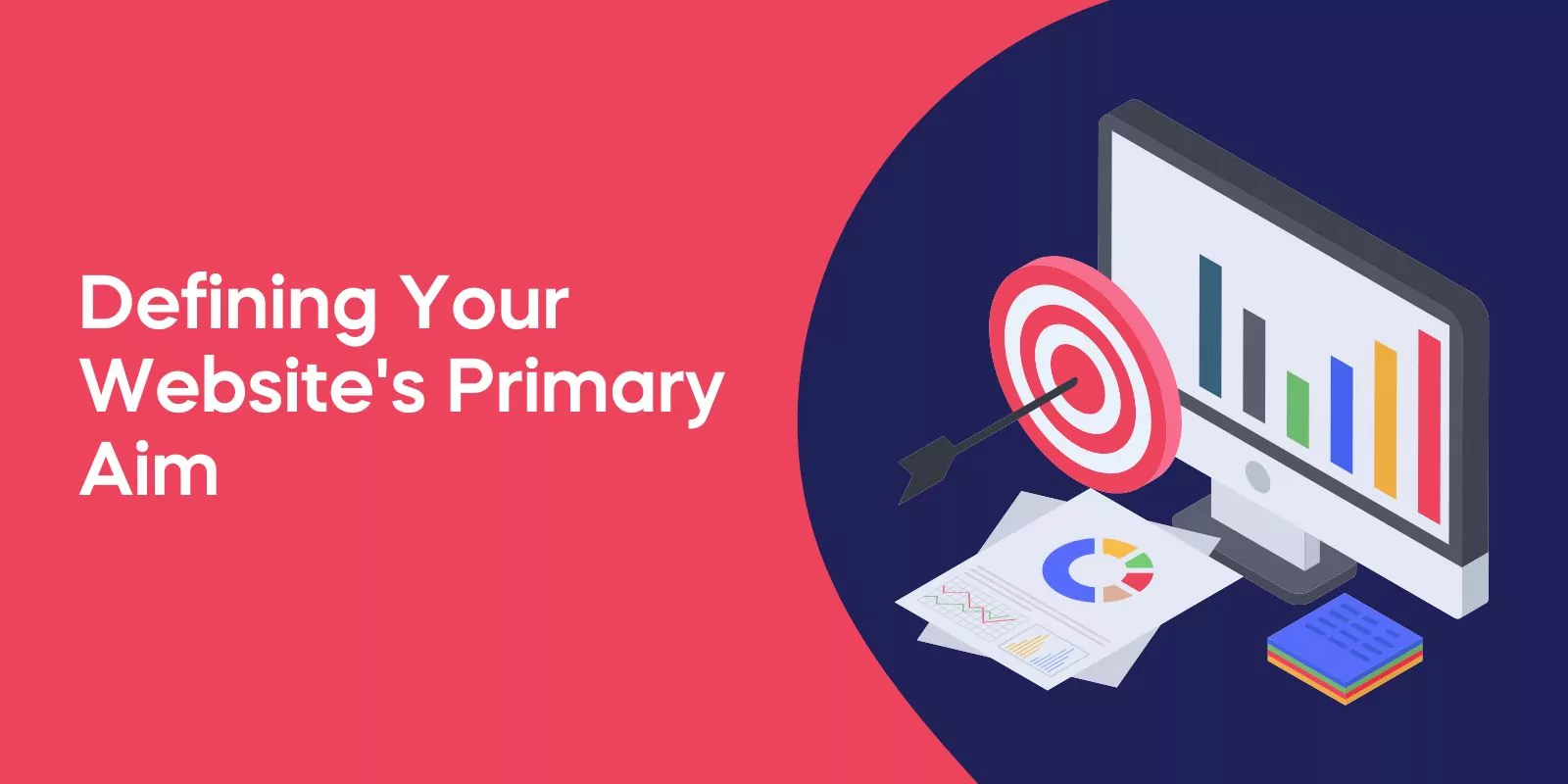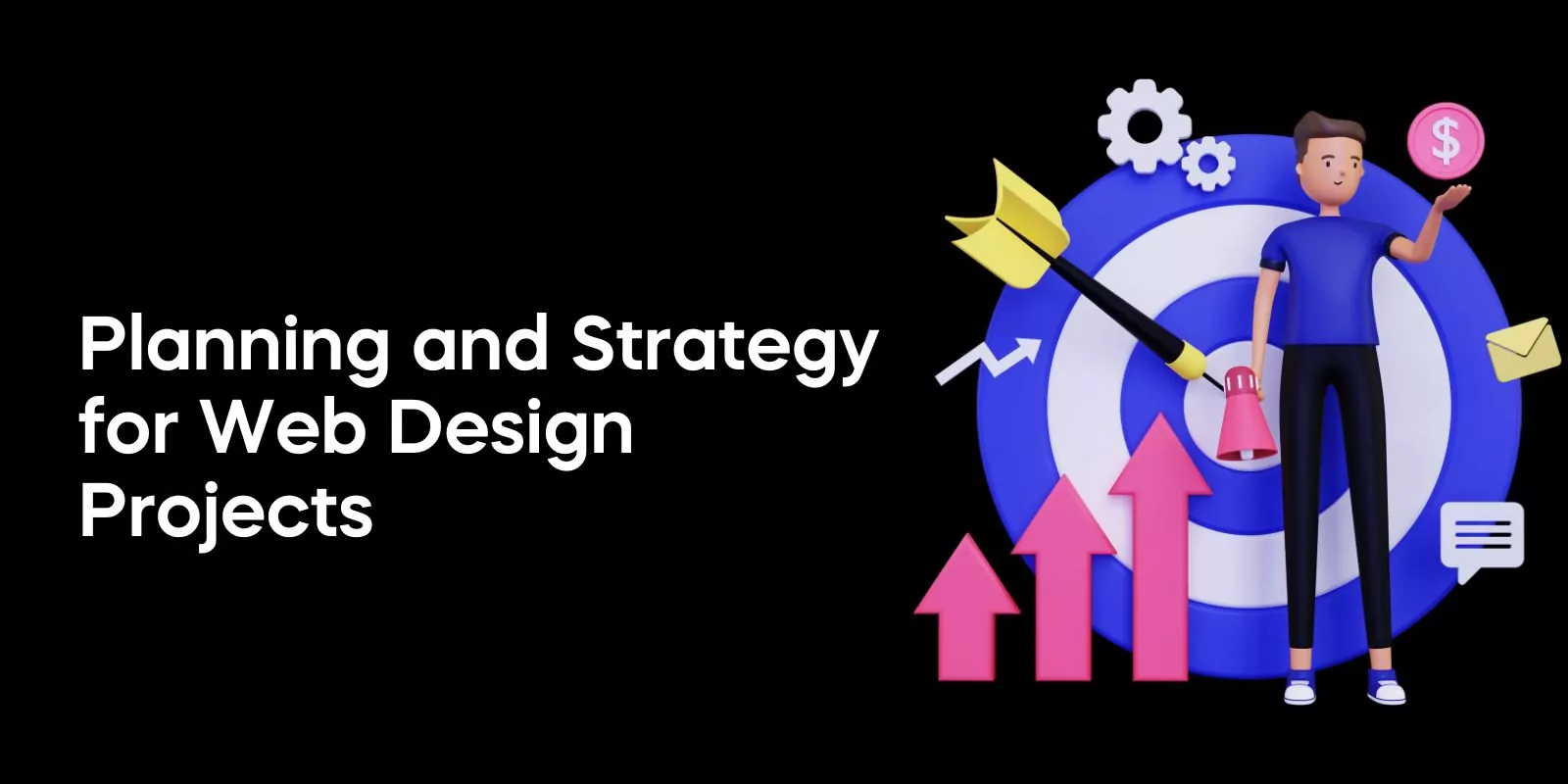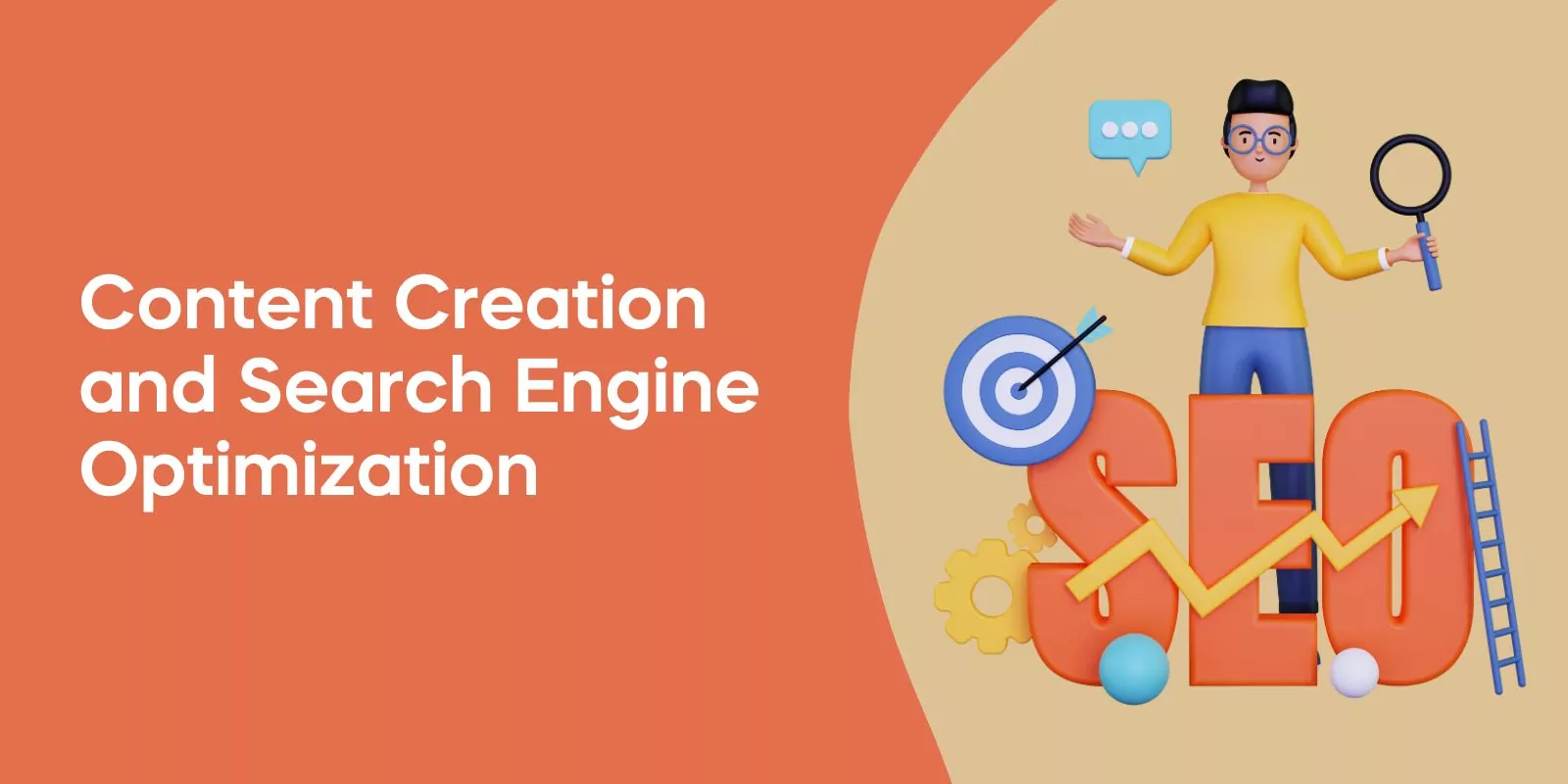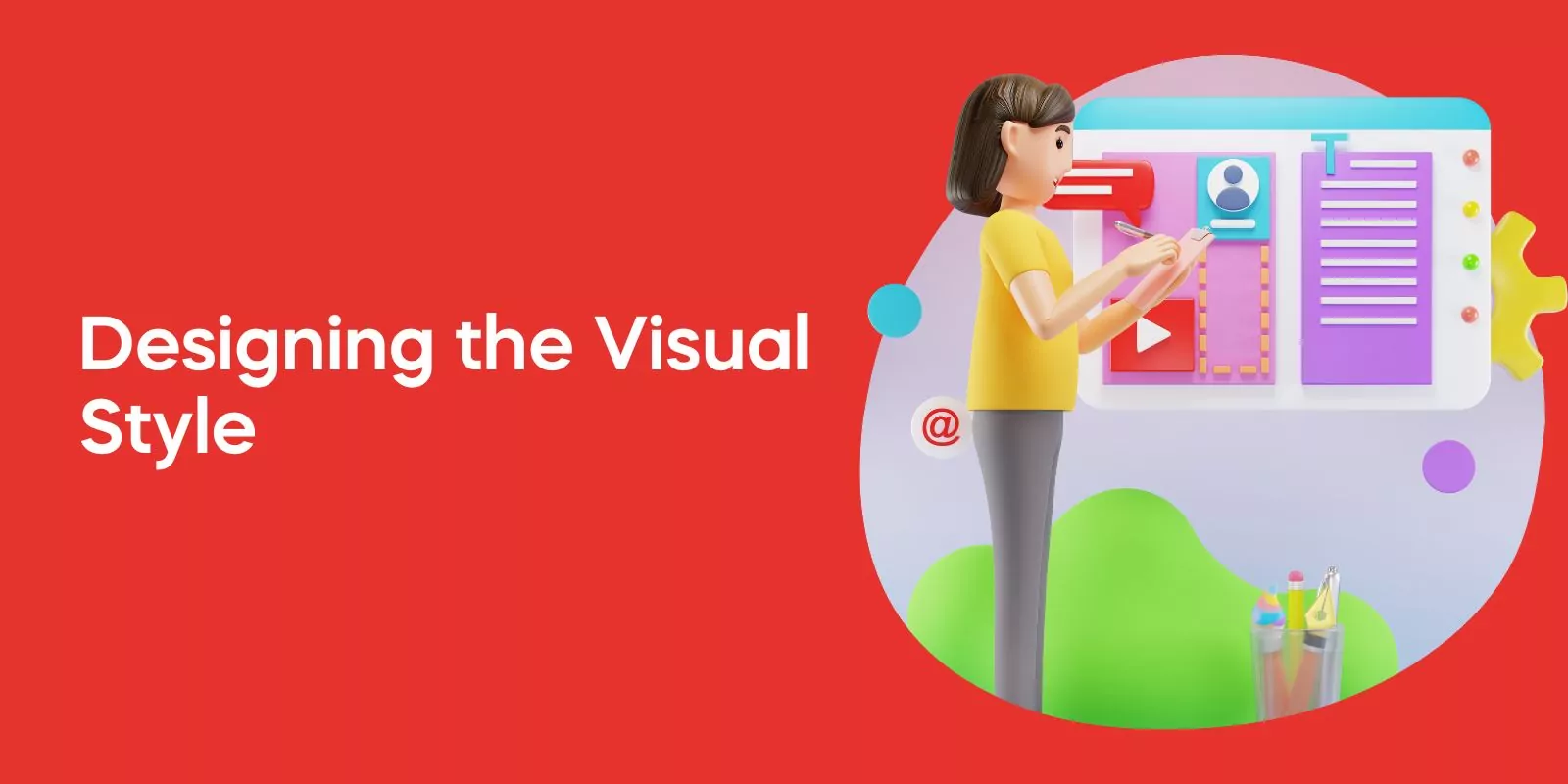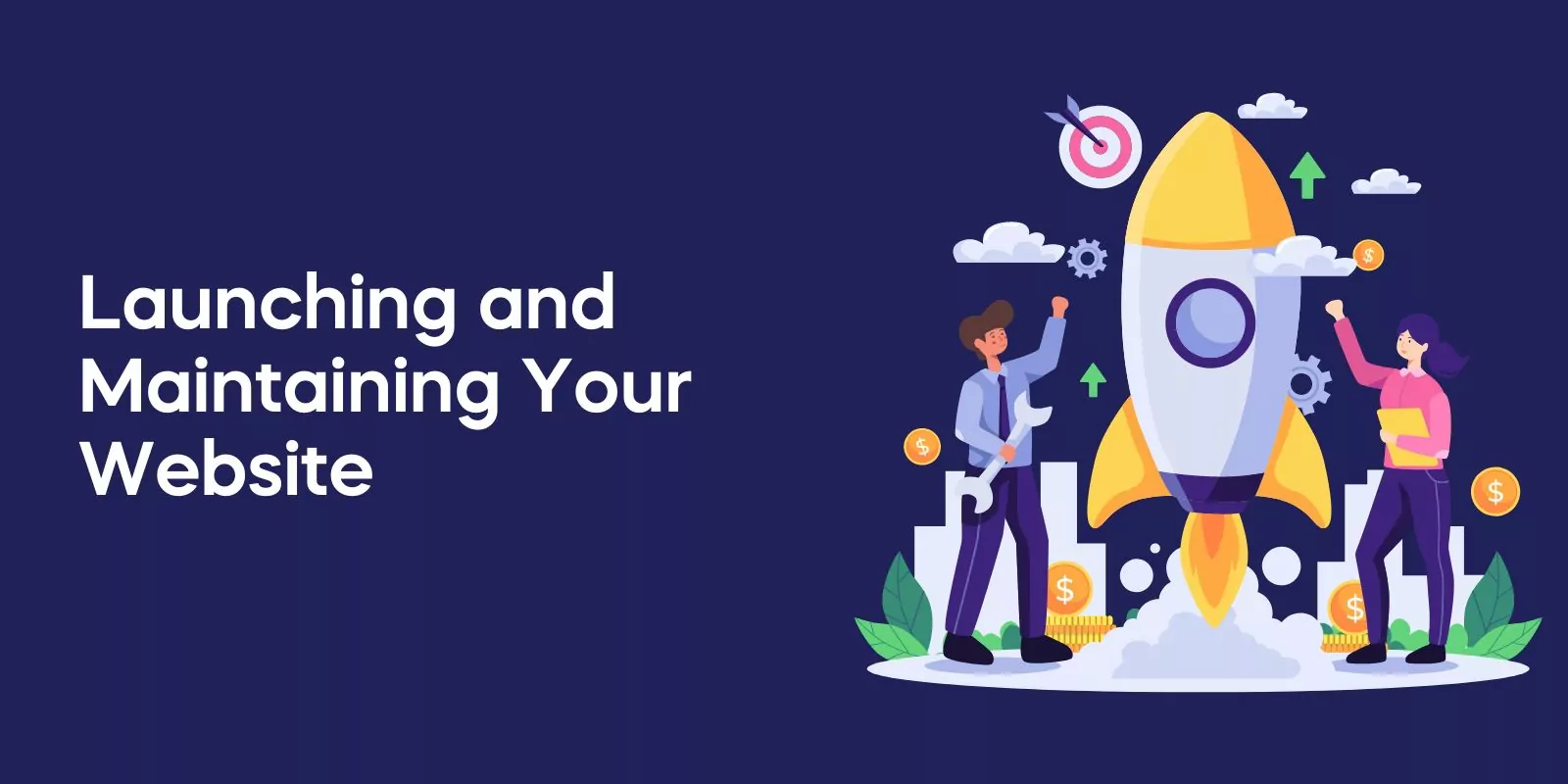In this comprehensive guide, we’ll walk you through a proven web design process that will ensure your website’s success in the digital landscape.
Understanding the Web Design Process
A well-defined website design process is essential for businesses looking to succeed in today’s competitive digital market.
A well-crafted website does more than just look good – it communicates your product, company, and brand through visual, textual, and interactive elements designed to achieve a specific purpose.
By adhering to a proven web design process, you can ensure that your website not only looks great, but also attracts and retains visitors.
Understanding the website design process involves recognizing the roles of web designers and the importance of considering the target audience in the design process.
With this in mind, let’s dive deeper into these two crucial aspects of the web design process.
The Role of Web Designers
Web designers play a pivotal role in developing visually appealing, functional, and user-friendly websites. Striking the right balance between aesthetics and usability is a challenge that can be overcome by following a proven web design process.
The Discovery Phase is a crucial aspect of this process where web designers gather information about the client’s business, industry, target market, and ultimate goals for the website.
By not overlooking the initial steps of preparation, web designers ensure that design decisions are informed by the content and the client’s goals during the design phase.
Importance of Target Audience
Recognizing and understanding the target audience is essential in the web design process as it helps create visually appealing, functional, and user-friendly websites tailored to their needs and preferences.
By crafting a brand story that resonates with the target audience, businesses can forge a connection with their customers and make their websites more attractive.
Ultimately, a thorough understanding of the target audience is key to a successful web design process.
Defining Your Website’s Primary Aim
When constructing a website, it’s crucial to have a clear goal in mind. The primary purpose of your website is to attract visitors and communicate your product or service and the organization behind it.
To achieve this, you need to define your website’s primary aim and align it with your broader business objectives.
Your website should be designed to meet the needs of your target audience.
Consider the type of content you want to include, the layout of the pages, and the overall look and feel of the pages.

Award-Winning
Sales Funnel & Website Expert
Ready for Revenue – Not Just “Traffic”?
- Websites that Work: Clean, fast, built to convert – no design fluff.
- Funnels that Sell for You: Step-by-step paths that turn clicks into paying customers.
- SEO That Hunts Buyers: Show up exactly when prospects reach for their wallets.
Setting Goals and Expectations
Establishing realistic goals and expectations for your website design project is essential for ensuring the project progresses smoothly and is completed successfully.
The objectives of web design include enhancing sales, creating authority, optimizing customer interactions, constructing brand image, and delivering quality content.
By recognizing the primary goal of your website and aligning it with broader business objectives, you can create a solid foundation for your web design project.
Aligning with Business Objectives
Ensuring your website’s primary aim is aligned with overall business objectives is essential for its contribution to the success of your business.
Common business objectives for web design include increasing sales, generating leads, improving lead conversion rate, increasing brand awareness, establishing authority, and enhancing user experience.
By focusing on these objectives, your website design will be better positioned to drive tangible results for your business.
Planning and Strategy for Web Design Projects
The planning phase of the web design process is critical to ensuring a successful project outcome.
This phase involves developing a sitemap and wireframe, which serve as the blueprint for your website, guiding the distribution and placement of content.
Additionally, planning helps manage scope creep, a common issue in web design projects where the client’s initial objectives evolve, expand, or change during the design process.
By setting boundaries and achievable deadlines through tools such as graph charts, both designers and clients can remain focused on the task and goals.
Developing a Sitemap
A sitemap is a visual representation of a website’s structure that assists search engines in locating and indexing content, as well as aiding in the planning and refinement of user experience.
An effective sitemap provides an overview of your website’s information architecture, showing the relationships between its various pages and content elements.
Developing a sitemap is a crucial step in the planning phase, ensuring an organized and user-friendly website.
Wireframing and Layout
Wireframes are simplified representations of a web page’s structure and layout, serving as the basis for the site’s visual design and content elements.
Creating wireframes allows potential issues and discrepancies with the sitemap to be identified, ensuring a smooth design process.
Although wireframes don’t include finalized design elements, they provide a guideline for the eventual appearance of the site.
Utilizing tools such as Balsamiq or Webflow, or even traditional paper and pencil, can help create effective wireframes for your web design project.
Content Creation and Search Engine Optimization
Content is paramount to a website, as it is the written material that captivates the audience and encourages them to return.
When developing content, consider the brand’s voice and character, and craft material that is captivating and relevant to the intended demographic.
Alongside content creation, search engine optimization (SEO) is essential, as it helps search engines detect content more effectively and makes the website more accessible, enhancing visibility and increasing organic search traffic.
Crafting Compelling Content
To create captivating content that appeals to website visitors, it’s essential to define your target audience and understand their needs, wants, frustrations, aspirations, or fears.
Crafting content with a strong voice, sensory details, and tailored to the target audience will ensure your website captivates readers and keeps them engaged.
Remember, the success of your website hinges on the quality and relevance of its content.
Implementing SEO Best Practices
Incorporating search engine optimization techniques is crucial for attracting more visitors to your website.
SEO best practices include creating content based on target keyword research, investing in videos and images for competitive keywords, implementing image optimization, and building quality backlinks.
Additionally, businesses should optimize page titles and descriptions, URLs, and reduce website load time.
Staying up-to-date with the latest SEO trends and ensuring your methods comply with current best practices is key to maximizing your website’s visibility and success.
Designing the Visual Style
The visual style of your website plays a significant role in attracting and retaining visitors.
Incorporating existing brand elements, selecting a color scheme, and choosing appropriate fonts and typography can help establish a distinct visual style that sets your website apart from competitors.
Additionally, incorporating high-quality images can create an aesthetically pleasing website that not only attracts visitors but also maintains their interest.
Choosing a Color Scheme
Selecting a color scheme that complements your brand identity is crucial for creating a cohesive visual style.
A color scheme is a collection of colors intended to be used together in a design, adding visual appeal and conveying specific emotions or styles.
By carefully considering your brand identity and selecting a color scheme that reflects it, you can create a visually striking and engaging website.
Selecting Fonts and Typography
Choosing appropriate fonts and typography is essential for creating a visually appealing and user-friendly website.
Fonts are a collection of characters with a similar design, used to convey distinct emotions and styles in written communication.
The process of selecting suitable fonts and typography involves previewing your website with various options to evaluate their appearance and usability.
By finding the right balance between aesthetics and readability, you’ll ensure a visually appealing and user-friendly website.
Web Development and Testing
Web development and testing are essential components of the web design process, ensuring the creation of a functional website and guaranteeing compatibility across devices and browsers.
The website development stage is the most technical aspect of the build, where developers write fresh code and test to ensure the website is fast and functional.
This development process plays a crucial role in the overall success of the project.
Comprehensive testing should be conducted on all web pages to guarantee each page’s links are operational, and the website is loading correctly on all browsers and devices.
Front-End and Back-End Development
In creating a functional website, front-end developers focus on the visual and interactive elements of the site using web languages such as HTML, CSS, and JavaScript.
Back-end developers, on the other hand, are responsible for the server-side of the website, including the database, server-side scripting, and other server-side processes.
Both front-end and back-end development are essential for creating a functional and user-friendly website that meets the needs of your target audience.
Comprehensive Testing Process
A comprehensive testing process is vital for ensuring the quality and functionality of your website.
This process includes all types of testing, such as sanity and smoke testing, and requires an in-depth understanding of the software’s internal structure and behavior.
Tools like Screaming Frog’s SEO Spider can help you carry out various SEO auditing tasks in one place, ensuring a thorough testing process that leaves no stone unturned.
Launching and Maintaining Your Website
Once you’ve completed the design, development, and testing stages, it’s time to launch your new website. But the work doesn’t end there – maintaining your existing website is essential for long-term success.
Regular maintenance safeguards the investment made in constructing the website and ensures it continues to perform optimally for your target audience.
Preparing for Launch
Before launching your website, it’s crucial to complete a series of tasks to ensure a successful launch.
This includes reviewing website content, testing all functional aspects of the site, refining SEO, and creating a promotional plan that works in tandem with the content.
Proper preparation guarantees a seamless and successful launch, which is essential for capturing and maintaining customers.
Ongoing Maintenance and Updates
Regular website maintenance is essential for safeguarding your investment and ensuring long-term success. This includes activities such as updates, backups, security checks, and content additions.
By keeping your website up-to-date and addressing any issues that arise, you can continue to provide an exceptional user experience and maintain a strong online presence.
Frequently Asked Questions
What are the 7 steps in web design process?
Designing a website requires careful planning and attention to detail. The 7 steps in the web design process are discovery, sitemap and wireframing, content strategy, visual design, development, testing and launch, and maintenance.
By taking these steps in order, you can create a successful website that meets all of your needs.
What are the 5 stages of web design?
The five stages of the web design process are creating a design brief, planning and research, design and development, testing and launching, and maintenance. Through these steps, you can ensure that your website is ready to meet the needs of your audience.
What is the web design process?
The web design process involves four key steps: identifying your goal, determining the scope of your project, designing and creating content for your website, and visualizing the content.
By following this process, you can ensure that your website is both functional and attractive.
How to design a website step by step?
Designing a website can seem like an intimidating task, but with the right guidance and preparation, it doesn’t have to be. Here are nine steps to design a website:
Define the purpose of your website, research for web design inspiration, choose a platform, select a theme, customize the design, set up the essential pages, optimize the user experience, test your website, and launch your site.
What is the main purpose of a well-defined web design process?
The main purpose of a well-defined web design process is to ensure that businesses create effective, efficient websites that meet their specific needs and help them achieve their desired goals.
This process should include research, planning, design, development, testing, and launch. It should also include ongoing maintenance and optimization to ensure that the website remains up-to-date and relevant.
By following a well-defined web design process.
Conclusion
In conclusion, a well-defined web design process is crucial for businesses looking to succeed in the ever-evolving digital landscape.
By understanding the web design process, defining your website’s primary aim, developing a solid planning and strategy, creating compelling content and implementing SEO best practices, designing a unique visual style, and ensuring thorough web development and testing, you can launch and maintain a successful website that meets the needs of your target audience.
With the right approach and ongoing maintenance, your website can become a powerful tool for driving tangible results for your business.
